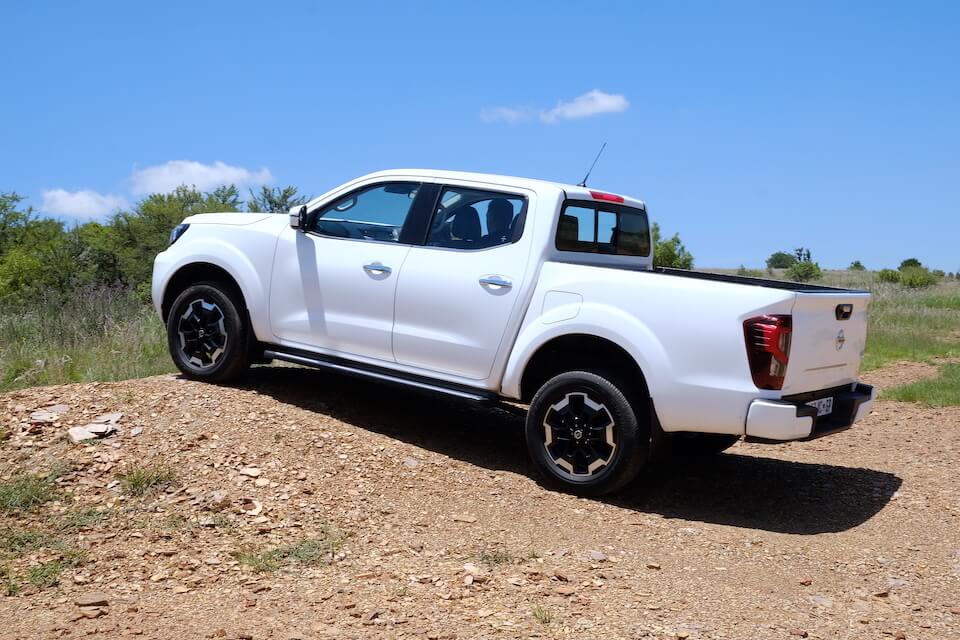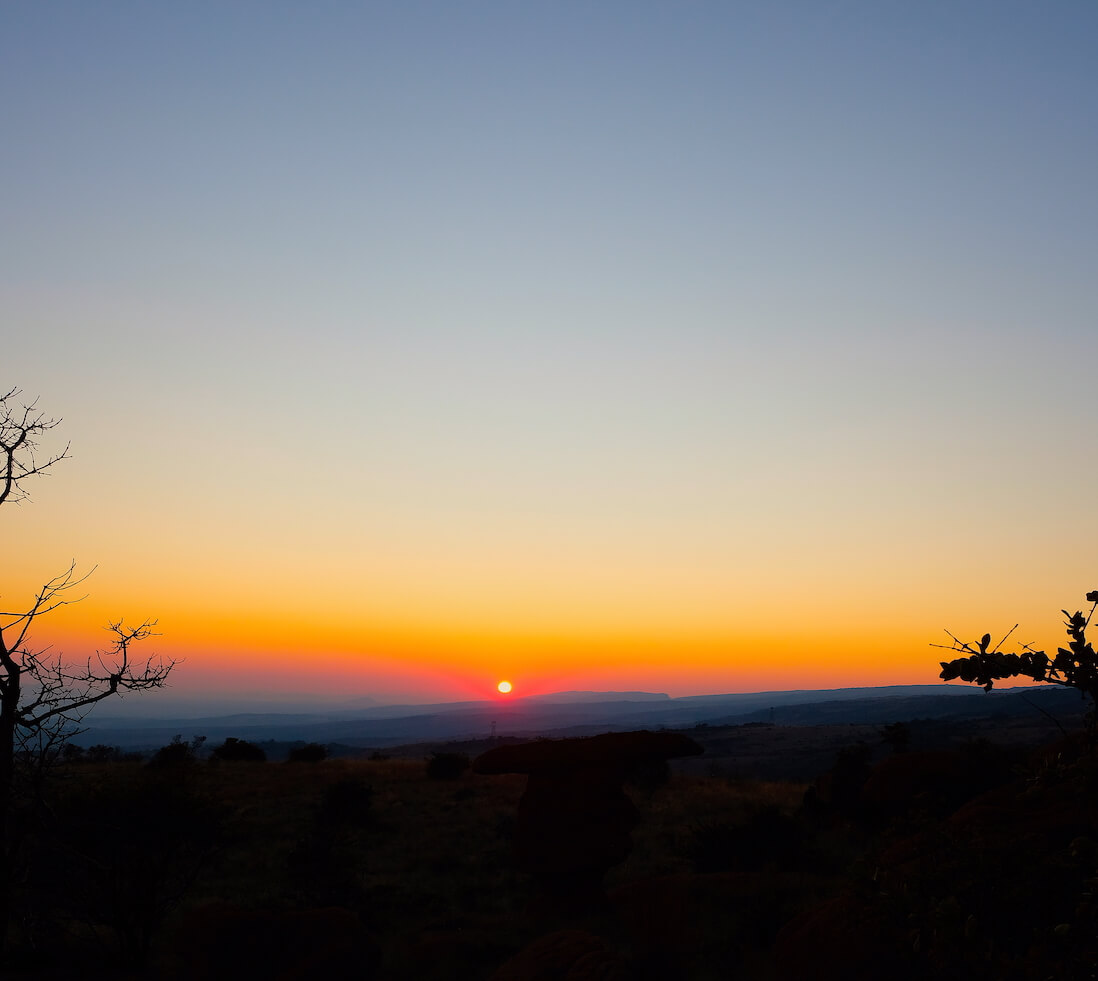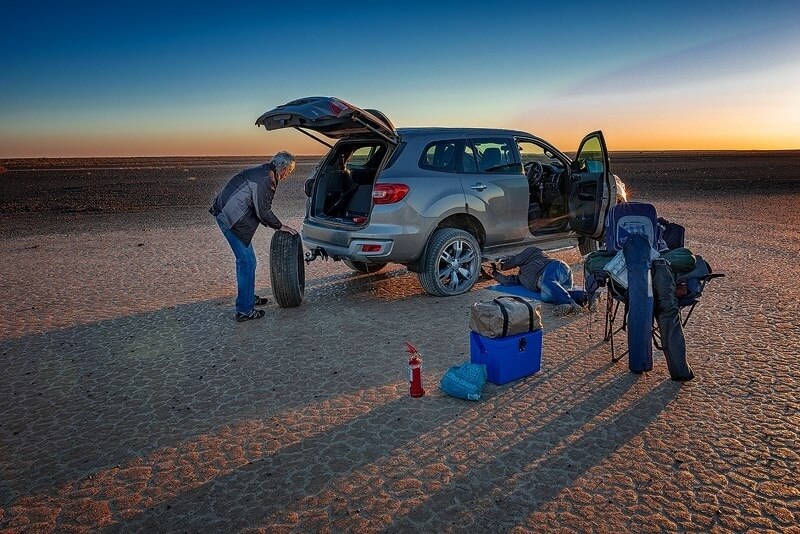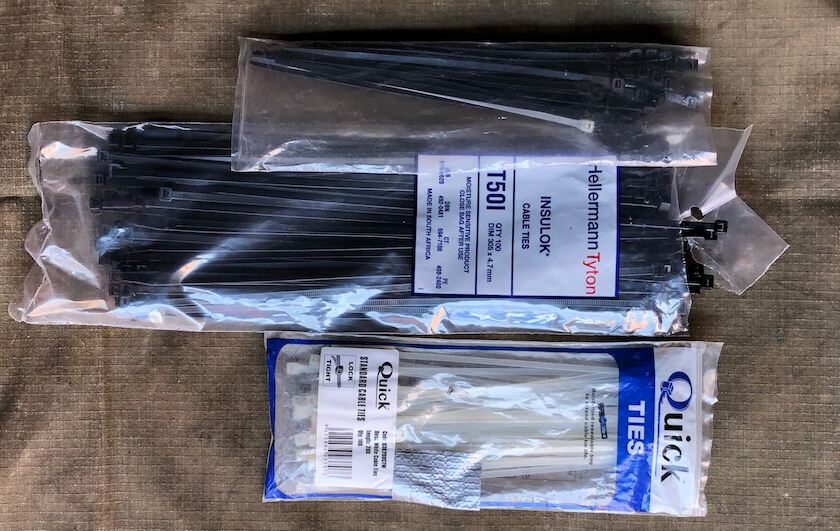The way forward

So I was walking home from a meeting at the local community centre when I bumped into a group of neighbours chatting on the pavement. It is a 4×4 country, as that’s what everyone in our suburb drives, even if they never go off-road. In many cases, the worst is a pothole ( many of them ) or pavement,
However, I was detained talking about 4×4 courses as they knew that I had some involvement in the development of standards, which were never really implemented due to the difficulty of the implementation process.

In the long run, I was able to convince them to put a group together for an informal discussion while running a training session at our Broederstroom facility. I also explained the benefits of proper insurance via Cross Country, as they had never considered proper coverage should they venture off-road. In this case, they never realised the benefits or risks of not being adequately covered once they cross borders.
This I hope to arrange shortly when Heine from ADA returns from his recent trip to Nairobi. What the group did not realise was that training did not simply involve learning how to drive off-road, there were numerous other facets.
Where do we begin?

Well, recovery is important, one will get stuck, and getting out of a situation is important. I suppose rule no one is that you should never travel alone as it will not be easy to extricate yourself if you get stuck even if you have a winch, Thenearest tree may not do it.
But take a step back, the first thing that you need to do is attend a 4×4 course, qualified instructors will take you through your vehicle’s operating systems which will ensure minimal risk and damage.
The other point is critical” .Take the path of the least resistance, and don’t push your vehicle beyond its limits, generallythere is always an “escape route” that will see you safely en route and not cause damage- that’s the best route which will see you and the family safely home.

Learn what you can, route navigation is important so a paper map works well. Some are outdated in terms of naming the towns but we know where we are going.
And then there is your basic recovery equipment, Don’t travel without a pull strap and two suitable shackles- also take a recovery blanket in case of emergencies.
At times we have missed our destination, but of late we know exactly where to go, we have found some fantastic locations as well as biltong. Even some amazing wine in the most unlikely areas -think “Orange River”
But we have found some amazing accommodation as we travel, even some unbooked places where we have been looked after so well. But coming back to training? Where does this fit in?
Well, it’s more than the physical stuff. The mental stuff comes first and here we head back to the importance of planning and training.

Planning is key, you need to know distances, stopovers ( meals) as well as the availability of fuel.
Accommodation is important as it also influences where you will stay, distances and meals ( many lodges do not stay open forever ).
Speed is an issue as many roads do not have our 120km limit and to be stopped speeding can be a problem.
In the long run, be careful, travel safely and show respect to everyone. Enjoy the trip.

